Choosing the right motorcycle helmet is essential for safety and comfort. When selecting a helmet keep in mind its shape. Determining your head size and shape correctly ensures that you’ll have a comfortable fit, as well as protection against injuries from impacts or abrasions.
In this blog post, we will provide detailed steps on how to figure out your head shape so you can find the ideal motorcycle helmet for yourself!
Table of Contents
Types of Motorcycle Riding
There are many different types of motorcycle riding, each with its own unique advantages and disadvantages.
The most popular type of riding is touring, which typically involves a long distance journey over multiple days. Touring gives riders the opportunity to explore new places and terrain that they would otherwise not see. It also provides an ideal way to relax away from the hustle and bustle of everyday life. However, touring requires a great deal of planning and preparation before setting out on the road, as well as the right equipment to ensure safety and comfort during the ride.
Another popular form of motorcycle riding is off-road or adventure riding. This type of biking can take place anywhere from dirt trails to remote areas far from established roads. It is a great way to experience the outdoors and explore new environments, as well as test your physical and mental limits. However, it can be dangerous if you’re not properly prepared with knowledge of the terrain and have the right protective gear on hand.
Finally, track or performance riding is for those who seek an adrenaline rush from pushing their bikes to their limits in a controlled environment such as a race track or autocross course. This type of riding is especially popular among those who enjoy speed and competition, but it requires a great deal of skill and knowledge in order to safely ride at high speeds without incident. [1]

What Gears Are Required When Riding a Motorcycle?
When it comes to riding a motorcycle, one of the most important things to consider is the type of gear you need to wear. For your safety and comfort, there are specific pieces of clothing that are essential for every motorcyclist — regardless of skill level or riding style. All riders should wear a helmet, protective jacket and pants, gloves, boots and eye protection when on the road.
- Helmets are the single most important piece of equipment for any rider and should meet all applicable safety standards in your area. Your helmet should fit snugly without being too tight and provide ample ventilation while still protecting against impacts from both above and below.
- Protective jackets and pants are designed to protect riders from abrasion injuries during a crash. Look for jackets and pants that are made of heavy-duty materials like leather or Kevlar and feature reinforced seams, padding and armor in the shoulders, elbows, back and hips.
- Gloves protect your hands from debris as well as give you extra grip on the handlebars — especially important when you’re taking tight turns. Choose gloves with good ventilation, an ergonomic fit and waterproofing to keep your hands comfortable in any weather. [2]
- Boots should fit snugly around your feet and ankles and provide protection from water, cold temperatures, heat, oil spills and other road hazards. The soles should be non-slip for better control of the foot pegs and provide good ankle support for both aggravating and avoiding obstacles.
- Finally, all motorcyclists should wear eye protection to guard against flying debris, road dust, insects and other hazards. Look for goggles or wraparound glasses with shatter-resistant lenses that are also UV protected to avoid sun damage to your eyes. [3]
These five pieces of gear are essential for any motorcycle rider – whether you’re just starting out or a seasoned veteran. Make sure you have the right protective clothing before heading out on your next ride!
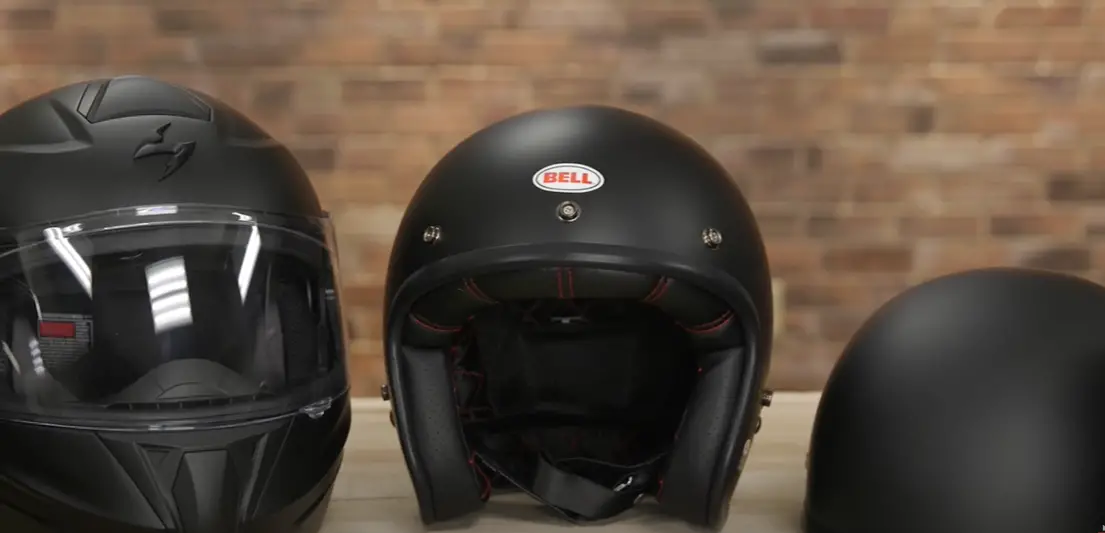
Top Precautions When Riding a Motorcycle
Following these precautions can help you stay safe and enjoy your ride on a motorcycle:
- Wear Appropriate Protective Gear: It is important to always wear a helmet, gloves, jacket, and boots when riding a motorcycle. Wearing the right clothing and protection can help reduce the severity of any accident or injury that may occur while on the bike.
- Practice Defensive Driving Techniques: Make sure to keep an eye out for other drivers on the road, particularly those who are not paying attention or are aggressive behind the wheel. Always practice defensive driving techniques by constantly scanning your surroundings and staying aware of potential dangers before they occur.
- Keep Your Speed Within The Legal Limit: Obey all speed limits and try not to accelerate quickly in order to reach speeds beyond what is safe for the given area. Doing so can put both you and other drivers at an increased risk of serious injury or death.
- Maintain Your Motorcycle: Regular maintenance of your motorcycle should be conducted to ensure it is in top condition, especially when riding on public roads. Check your tire pressure, brakes, and fluid levels regularly to ensure that everything is functioning properly before taking a ride.
- Be Visible: Make sure you are visible to other drivers by wearing bright clothing and using appropriate lighting systems while on the road. This will help alert drivers of your presence and reduce the chance of being involved in an accident with another vehicle.
- Avoid Road Hazards: It is essential to be aware of potential road hazards such as potholes, debris, or slippery surfaces. Slow down or take another route if possible to avoid the hazard and remain safe.
- Ride Sober: Never ride a motorcycle after drinking alcohol or taking any other type of impairment-causing substance. Doing so puts you and others at risk for fatal injury due to impaired judgment and loss of control on the bike.
- Keep Your Focus: Make sure to keep your focus on the road at all times, avoiding distractions from electronics, passengers, and other activities that can take away from paying attention to your surroundings. Riding requires your full attention in order to stay safe from potential hazards.
- Have Fun: Last but not least, remember to have fun. Enjoy the thrill of the open road and the feeling of freedom it brings while being mindful of your safety. [4]
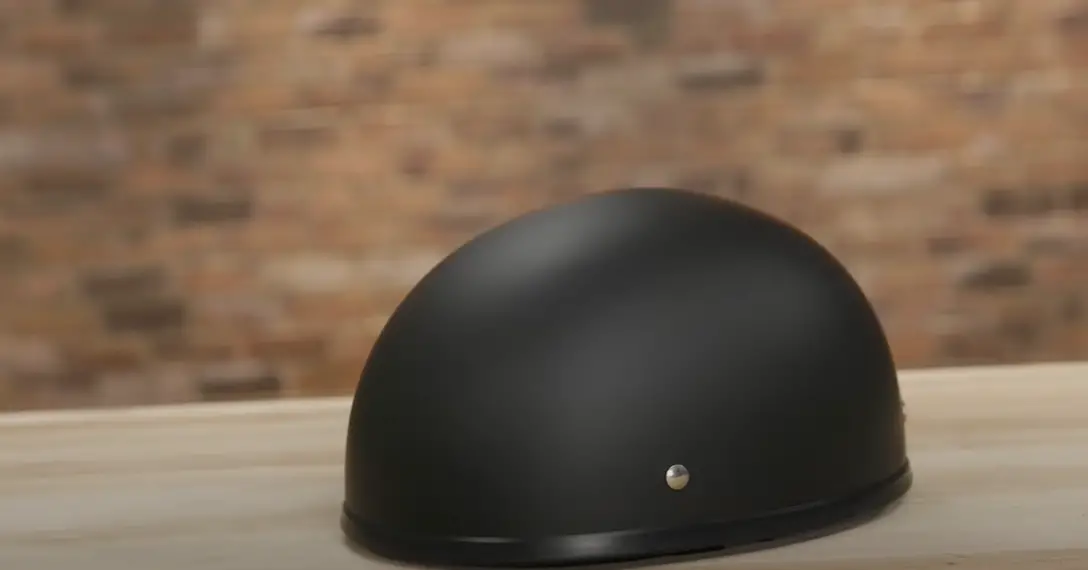
What Types of Helmets Exist?
The most common type types include full-face, half-shell helmets, modular helmets, open-face helmets, motocross helmets, and even specialty helmets for specific activities such as skiing or snowboarding. Each type has its own benefits and features to consider when selecting a helmet that’s right for you. Let’s take a closer look at them.
- Full-face – offer the most coverage and are recommended for regular riders. They feature a chin bar that helps protect your face and jaw from the impact of an accident. Full-face helmets also have additional padding on the inside to absorb shock and provide extra comfort. The downside is that these helmets can be bulky and a bit heavy compared to other types of helmet.
- Half-shell – are less bulky than full-face models and provide good protection against impacts as well as wind resistance when riding at higher speeds. These helmets come in two parts, with a partial shell that covers the top and back of your head, and another part that covers your ears but leaves your face uncovered.
- Modular helmets – feature a full-face design with a hinge in the middle of the chin bar that allows you to open it up and flip up the front. This makes them great for riders who need or want more ventilation when riding in hot weather, but still want full protection when needed. The downside is that they tend to be heavier compared to other types of helmets.
- Open-face helmets – are ideal for those who don’t like feeling confined by a full-face helmet. These typically cover just your head and have an open face shield to protect your eyes from wind, dust, and debris. They provide less protection than full-face models since they lack a chin bar, but can be a good option if you’re looking for some additional ventilation while still having adequate head protection.
- Motocross helmets – are designed for off-road riders who need extra protection from the elements. These helmets usually have a full face shield and aggressive styling, along with additional features such as ventilation systems, extra padding, and even sun visors. They tend to be heavier than other types of helmet, so they may not be the best choice if you plan on doing a lot of street riding.
- Specialty helmets designed for specific activities such as skiing or snowboarding. These helmets are created to provide more warmth and coverage than traditional models while also offering better ventilation and specialized features like adjustable vents for temperature control. [5]
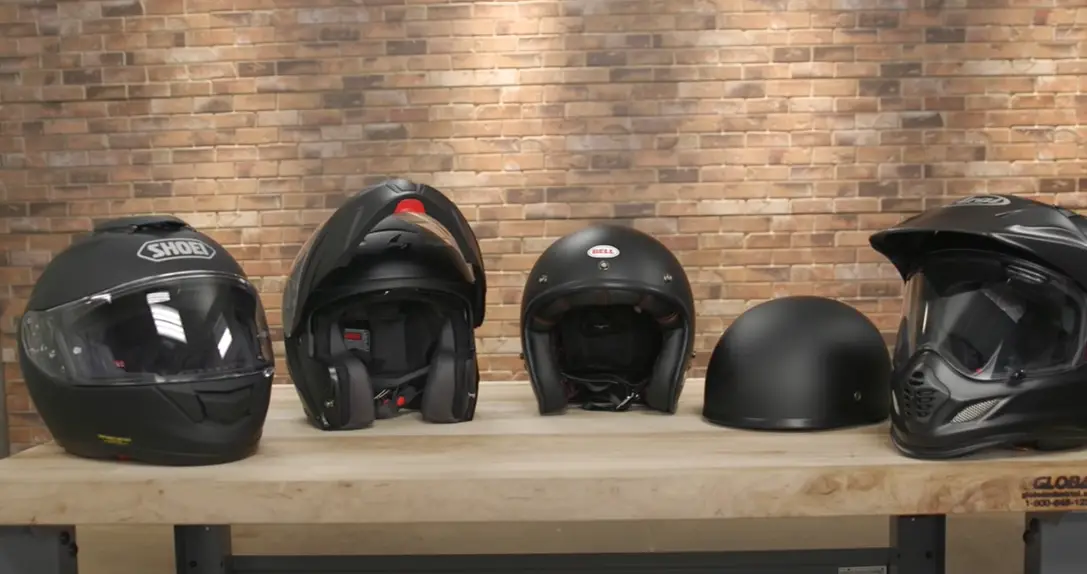
What Are the Criteria for the Best Helmet to Meet?
By considering these criteria, you can select the best helmet for your riding need:
- Fit: A helmet should fit snugly on your head and should not move around or spin when you move your head. It should also be adjustable so that it is comfortable to wear.
- Impact Absorption: The helmet should be equipped with an inner lining made of a material that can absorb shock from impact. This helps protect your head in case of an accident or unexpected fall.
- Visibility: Not only does the design of the helmet affect how visible you are to other drivers, but also its color and reflectivity features help ensure optimal visibility at night and during low-light conditions. [6]
- Ventilation: A helmet should allow good air circulation to keep your head cool during hot days.
- Durability: The best helmets are designed with materials that are able to stand up to wear and tear, as well as the elements.
- Price: The cost of a helmet is always a factor when selecting a helmet, but don’t sacrifice safety for price – look for one that meets all the criteria listed above, regardless of cost!
- Style: Last but not least, you want your helmet to look good and fit your style. Look for a helmet that matches your bike’s aesthetic and is comfortable enough to be worn all day long. [7]
Be sure to always wear a helmet when cycling – it could save your life!
Why Is It Important To Find The Perfect Helmet?
Finding the perfect helmet is essential for providing maximum protection on the road. The right helmet should fit comfortably and securely, be lightweight and aerodynamic, offer ample visibility, and provide enough ventilation to keep you cool in hot weather. It should also meet safety standards set forth by special organizations. Plus, it’s essential to consider any additional requirements specific to your region or state before purchasing a helmet.
When selecting a helmet, it’s important to remember that no single type of helmet is necessarily better than another. Rather, finding the right fit and style for yourself will ultimately provide the most effective protection against impact or injury. With so many types of helmets available on the market, it can be difficult to decide which one is best for you. That’s why it’s important to take time to research and try on different helmets before making a purchase. [8]
Ultimately, finding the perfect helmet should be a priority in order to ensure your safety. With the right helmet, you can rest assured that you will have ample protection against accidents and injuries. Furthermore, having a comfortable and well-fitted helmet will make your ride more enjoyable overall!

What Is The Head Shape When Selecting Helmet?
When selecting a helmet, it is important to consider the size and shape of your head. Helmets come in various sizes and shapes, such as full-face, open-face, modular or dual sport. To ensure that your helmet fits correctly, you should measure the circumference of your head.
For best results when selecting a helmet shape, always try on several models before making a purchase. This will help you determine which helmet is most comfortable and best fits the shape of your head. Additionally, make sure to check for adequate ventilation and look for features like adjustable straps and removable liners. Taking these factors into account can help you select the perfect helmet fit for your needs. [9]
How To Find The Proper Helmet Fitment?
When it comes to finding the right helmet, fitment is key. A proper fit helps ensure that your helmet can do its job and protect you in the event of an accident. Here are some tips on how to find a motorcycle helmet that fits properly:
- Measure Your Head – Take a soft measuring tape and measure your head from front to back, just above your ears. This will give you an idea of what size helmet you need. Be sure to take into account any hair styles or hats that could affect the fitment of the helmet.
- Try On Different Helmets – Once you’ve narrowed down the size range of helmets that would work for you, try them on! Put each helmet on and shake your head side to side. The helmet should fit snugly but not be too tight or uncomfortable. Check the fitment around the cheeks and temples as well.
- Adjust as Needed – If a motorcycle helmet fits properly, there will likely be some adjustments that need to be made in order to make it truly comfortable for you. Look for adjustable straps, padding, and visors that can all help customize the fit of the helmet for your individual needs.
- Wear It For A Bit – Once you’ve adjusted the helmet, wear it around for a few minutes to get an idea of how it feels after a while. If anything starts to become uncomfortable, adjust accordingly until it sits comfortably for a prolonged period. [10]
Advices on How To Measure Your Head For A Bike Helmet Properly
By following these steps, you can easily measure your head for a bike helmet so that you always have the best fit.
- Place the bike helmet on your head and adjust the straps so that it sits comfortably on your forehead, above your eyebrows.
- Use a flexible measuring tape to measure the circumference of your head. Start at one inch above your eyebrows and wrap it around your head in a horizontal line just above the ears. It is important to ensure that the measuring tape remains parallel with the ground throughout this process.
- Write down the measurement that you get from this step as this will be used to determine which size bike helmet you should purchase for yourself or another person.
- If you are buying a bike helmet for someone else, make sure to use their measurements rather than yours if they differ significantly.
- After you have determined the size of helmet that is best for you, it is important to make sure that it fits securely and properly on your head without slipping or causing any discomfort. It should fit snugly but not too tight, as this can cause discomfort when wearing the helmet for long periods of time.
- Most bike helmets come with adjustable straps and buckles so make sure to adjust them accordingly to ensure a secure fit. Additionally, some helmets also include removable pads for additional comfort and a better fit.
- Ensure to always double check that your bike helmet fits properly before taking off on each ride! [11]
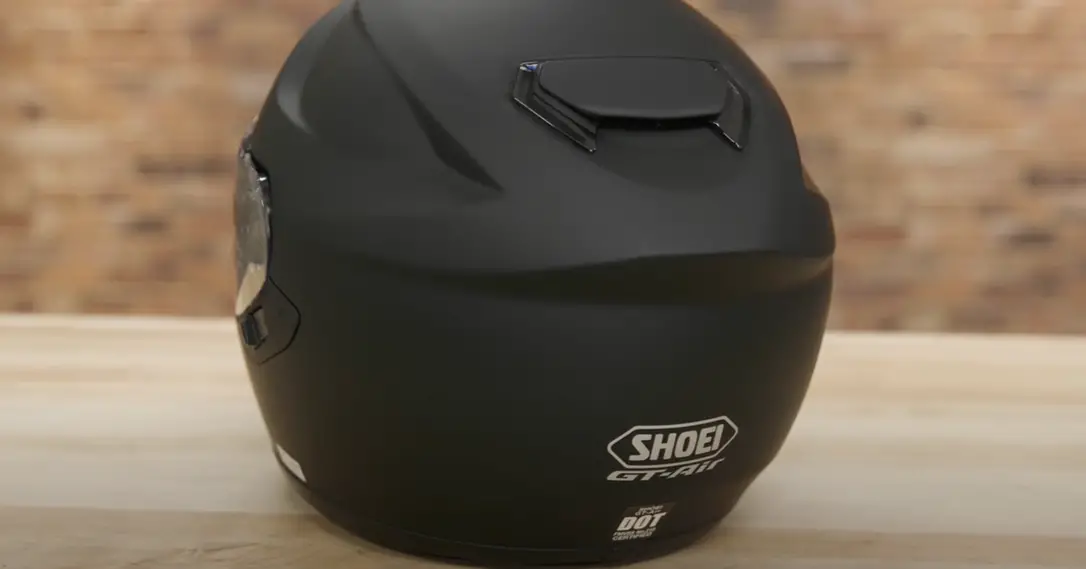
FAQs
How do I choose a helmet shape?
Your helmet shape should be based on your head shape and riding style. In general, the oval-shaped helmets are versatile and fit most head shapes, while specific head shapes may require a different shaped helmet such as a round or intermediate oval. Make sure to try on different styles and shapes to find the best fit for you. Additionally, consider your type of riding when selecting a helmet as some helmets are designed specifically for certain activities like downhill mountain biking or BMX racing.
What is the 2 2 2 rule when fitting a helmet on your head?
The “2 2 2” rule is a simple way to ensure that your helmet fits correctly and securely. According to the rule, you should first adjust the straps of your helmet so that it sits firmly on your head in two places: around your forehead and just above your ears. Next, you should make sure there is no more than two fingers width between the chin strap and your chin when your mouth is closed. Finally, ensure that the helmet does not move when you shake or nod your head from side to side.
How do you tell if my head is round or oval?
One of the easiest ways to determine if your head is round or oval is by taking a look at yourself in the mirror. Look at how wide your forehead and cheekbones are, as well as the general shape of your face. If you have more of an oval shape with a wider forehead and narrower chin, then your head is likely oval. If it’s more rounded, with both the forehead and jaw being relatively equal widths, then your head is likely round.
How do I know if my bike helmet fits me?
The best way is by trying it on. Ensure the helmet rests squarely on top of your head and that the straps fit snugly underneath your chin. The front rim of the helmet should be no more than two fingers width above your eyebrows, with the back of the helmet sitting low on the back of your neck. If you can move the helmet around too easily or feel like it’s pressing against your head uncomfortably, try a different size or model.
Useful Video: Motorcycle Helmet Sizing & Fitmernt
Conclusion
To ensure the best possible fit, always measure your head before purchasing a helmet. Make sure to find one that fits securely and comfortably without compromising safety. It is also wise to remember the importance of the universal rules for riding: stay safe, wear a helmet and long-sleeved clothing when riding during any type of weather conditions. Lastly, be sure to protect yourself from being caught in an easy situation by wearing brightly colored clothing so you are easily visible on the roads at all times. All of these precautions are essential for riders in order to remain safe and enjoy their ride! Taking these steps will help you get the most out of your adventure while still keeping your safety as a priority.
References:
- https://www.bennetts.co.uk/bikesocial/news-and-views/advice/new-riders-and-training/types-of-motorcycles-guide
- https://www.bestbeginnermotorcycles.com/5-pieces-gear-need-ride-motorcycle/
- https://www.edgarsnyder.com/motorcycle-accidents/motorcycle-advice/motorcycle-riding-gear.html
- https://www.markelinsurance.com/resources/motorcycle/safety-tips
- https://www.godigit.com/motor-insurance/two-wheeler-insurance/helmets/different-types-of-helmets
- https://www.motomorgana.com/6-criteria-adventure-helmet-selection/
- https://www.motorbeam.com/choose-right-helmet/
- https://kauveryhospital.com/blog/lifestyle/how-to-choose-the-perfect-helmet-for-a-safe-ride/
- https://helmethacks.com/how-to-determine-head-shape-for-motorcycle-helmet/
- https://www.motosport.com/blog/motorcycle-helmet-size-guide-how-to-measure-fit-the-right-helmet
- https://www.evo.com/guides/bike-helmet-size-fit

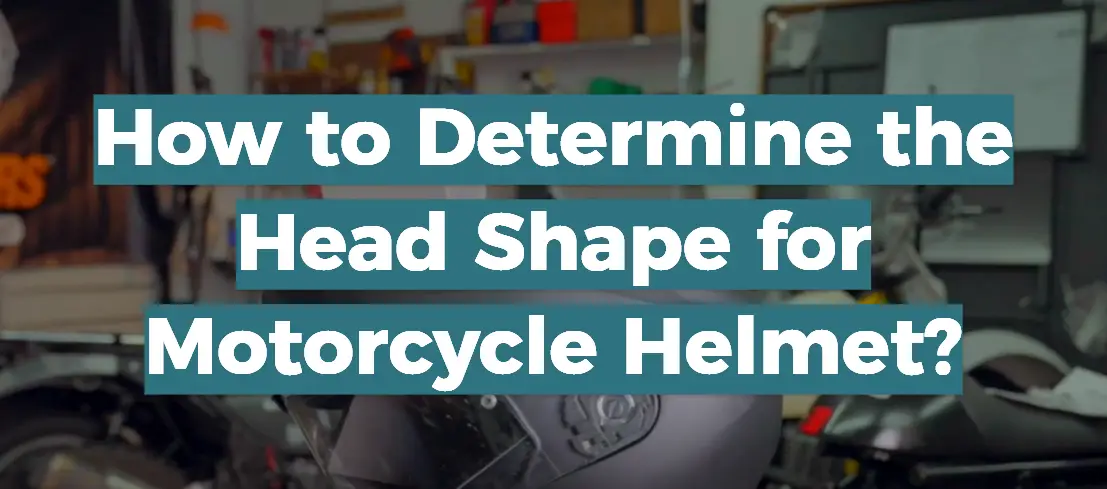

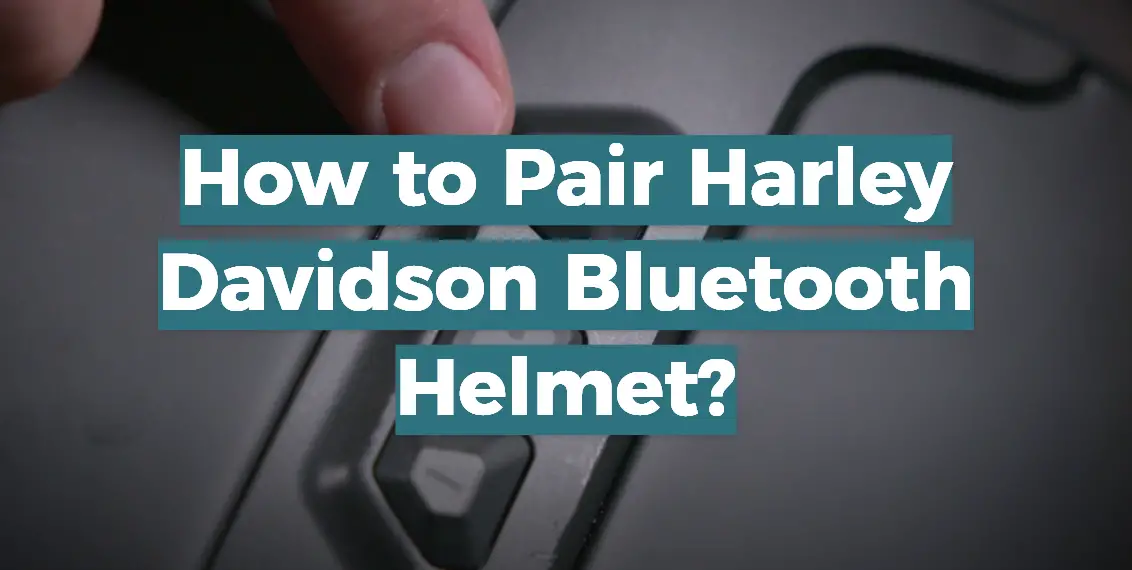

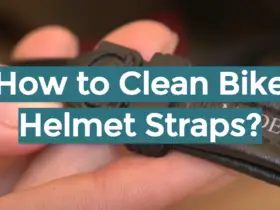
Leave a Reply